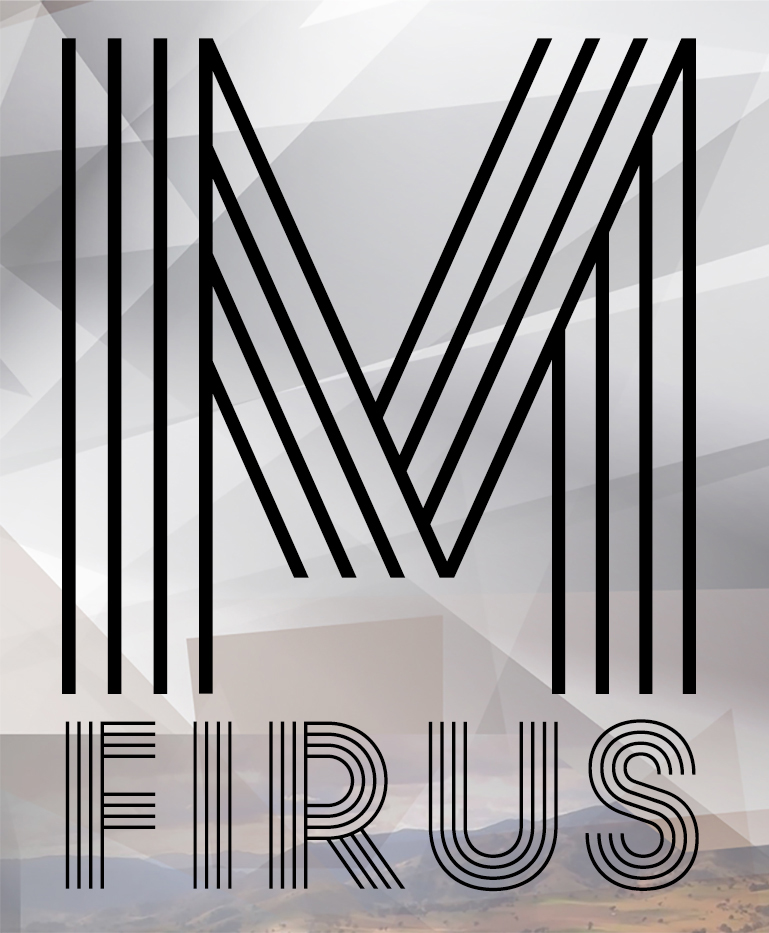
World Case study: The Grand Budapest Hotel
The world of The Grand Budapest Hotel, (Wes Anderson)
Premise:
The film begins with a type of prologue, in which a teenage girl approaches the monument of a famous author. In her hands is a book by the author which she begins to read. The author is then seen narrating the story which the girl is reading. The author recounts the time he visited a hotel in Budapest during its dwindling years. There he meets an interesting old man who then recounts to him the tale of The Grand Budapest Hotel.
In this case study, I will be looking at the concept of ‘world’ through the lens of setting, production elements, tempo, and tone.
Setting:
Setting is a major contributing factor to the feel and nature of the films world. Set in Hungary before the world wars, it is a world whose conventions and rules are governed by a bohemian provincial urbanism.
It’s setting in respect to time also contributes to this creation of world. A notable example of this is the establishment of telephone as the main form of communication and a catalyst for other elements such as plot and character development.
Production elements:
Anderson frequently uses miniature models of buildings in his creation of the aesthetic elements of his world. These choices make the rules of the world illogical and somewhat breaking the laws of physics in a cartoon-like sense
Tempo:
The world of the film follows a very rapid tempo. Through the use of editing, settings and themes are processed at a twitchy and quirky rate. Similarly, the films dialogue as executed by the range of characters, imbues the films world with wit and panache.
Tone
Similar to tempo in its causing factors, the films color palate also contributes greatly to tone. Anderson eschews hard, contrasty colors in favor of light pastel hues. Thus, Anderson sets up the films world as one of mischief, but inherent innocence and lack of pretension.
